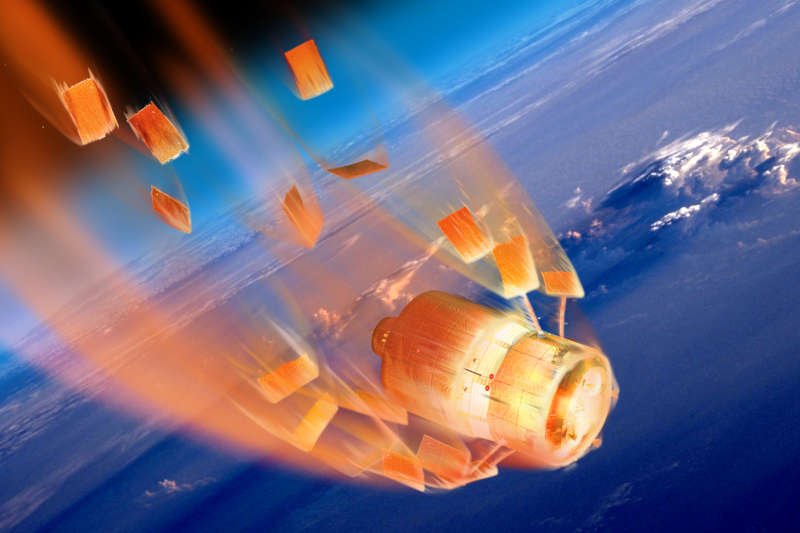The destruction of satellites in the atmosphere “could pose a significant threat to the Earth’s climate and ozone layer” and should be studied, the American Astronomical Society said.

Image source: esa.int
American astronomers have expressed concern that existing and future satellites could release harmful chemicals into the Earth’s atmosphere after decommissioning. Changing atmospheric chemistry, they believe, “could pose a significant threat to the Earth’s climate and ozone layer,” said Dara Norman, president of the American Astronomical Society.
The deliberate destruction of decommissioned satellites is practiced by many operators, including SpaceX, which owns the Starlink provider. When an object enters the Earth’s atmosphere at high speed, the temperature around it can reach several thousand degrees Celsius, which is enough to melt the satellite. SpaceX and the US Federal Communications Commission (FCC) view deorbiting satellites as a critical way to keep space debris from filling the orbit. But now American astronomers say the consequences of the “metal pollution” associated with this process are unknown and are calling for research into the issue.
The evaporating metal can damage the ozone layer and other components of the atmosphere that support Earth’s climate. Remnants of the craft also “could cause airglow that would increase the brightness of the night sky” and make it difficult for astronomers to observe. “We urge policymakers to provide funding for urgent scientific research to provide stakeholders with a timely assessment of all spaceflight emissions and their impacts. We also call on regulatory authorities to include the results of these studies in the licensing process for space activities,” the association said in a statement.
Members of the scientific community have repeatedly expressed concern in recent years about the growth of “megaconstellations” of satellites like Starlink and their possible interference with astronomical science. The latest document does not directly mention SpaceX and the Starlink provider, but the latter’s satellite constellation amounts to 6,400 units, or two-thirds of all active satellites. In the coming years, the operator and its competitors intend to launch several tens of thousands more devices into orbit. The European Space Agency recently announced its intention to launch a 200-kilogram apparatus to study how it would burn up upon re-entry.